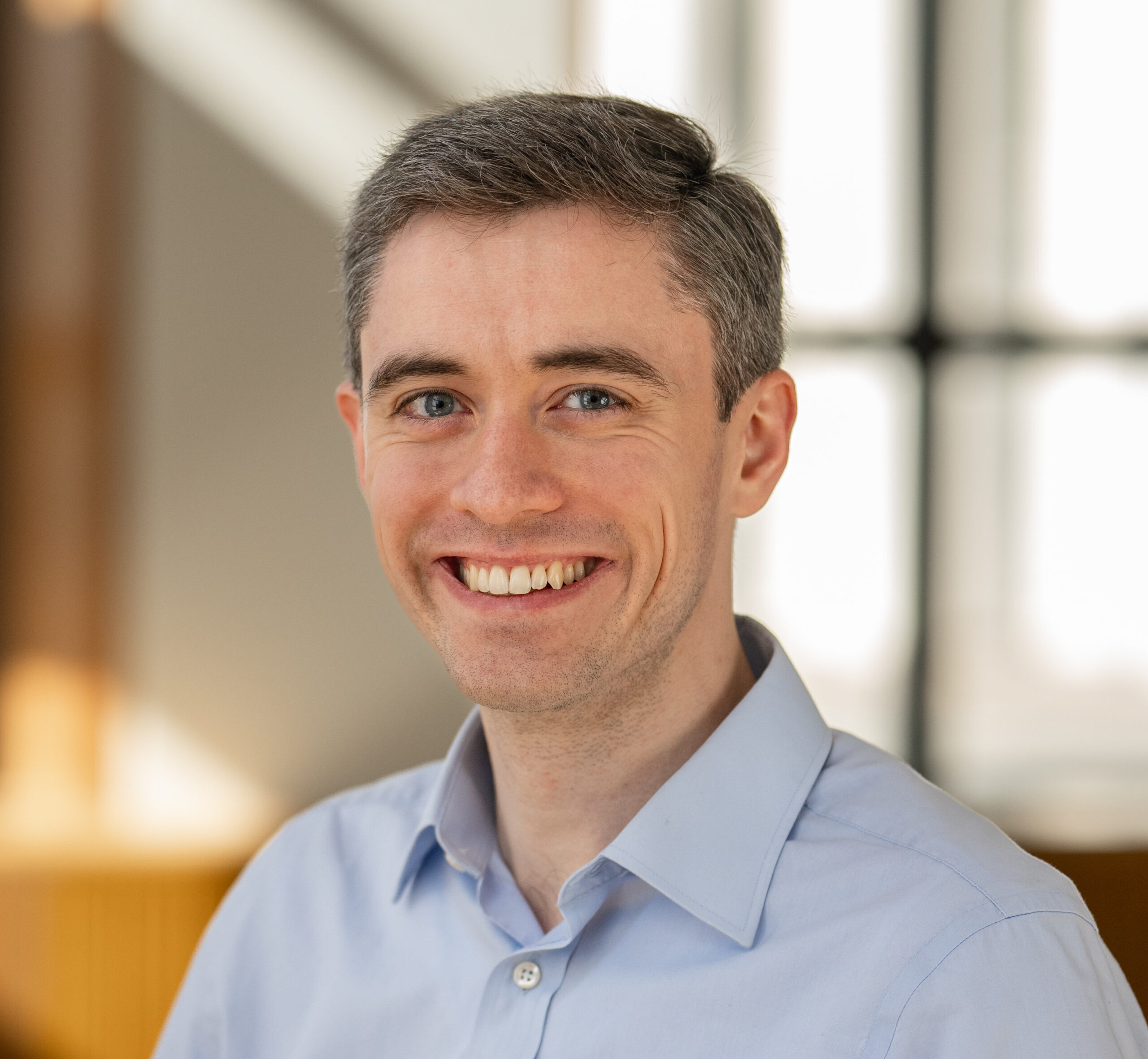Postdoc Feature
Connor Phillips, Ph.D.
Connor is a postdoc in the Political Science department within the College of Arts & Science at VU. After completing his Ph.D. at Harvard University, Connor completed a postdoctoral fellowship at Princeton University in the Center for the Study of Democratic Politics, which enabled him to deepen his understanding of interest groups in state politics. He was then offered a postdoctoral research position at Vanderbilt in the Center for Effective Lawmaking, working with Professor Alan Wiseman. His current research seeks to measure and explain legislative effectiveness in Congress as well as state government. This summer, Connor will be returning to his hometown of Pittsburgh, Pennsylvania to join Carnegie Mellon University as an Assistant Teaching Professor in their Institute for Strategy & Technology.
